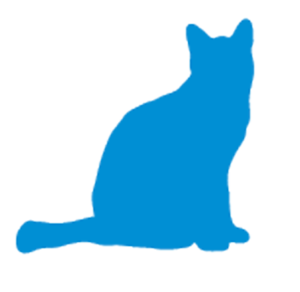Feline Compulsive Disorders
| ||||||||
| ||||||||
<br}
| This article has been written and expert reviewed by Jon Bowen BVetMed DipAS(CABC) MRCVS. Date reviewed: 27 August 2014 |
| The creation of this content was made possible by Ceva Santé Animale as part of the feline behaviour project. |
Error in widget FBRecommend: unable to write file /var/www/wikivet.net/extensions/Widgets/compiled_templates/wrt6944076fe273c4_38738183 Error in widget google+: unable to write file /var/www/wikivet.net/extensions/Widgets/compiled_templates/wrt6944076fe8b928_01618020 Error in widget TwitterTweet: unable to write file /var/www/wikivet.net/extensions/Widgets/compiled_templates/wrt6944076ff23ea6_21764074
|
| WikiVet® Introduction - Help WikiVet - Report a Problem |
